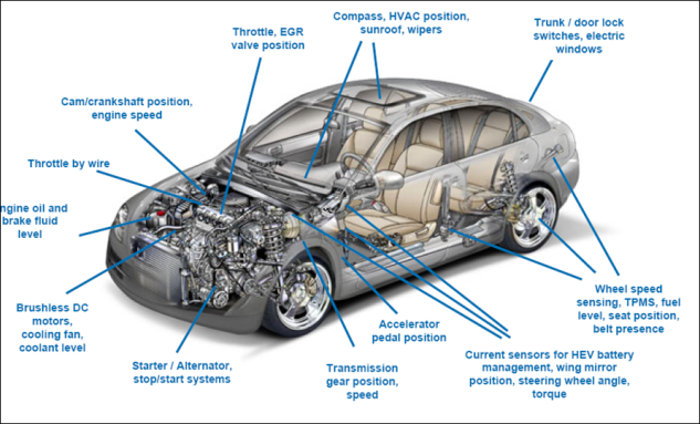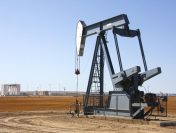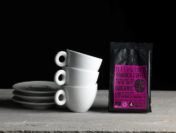On the surface, most industry sectors are self-explanatory – everybody knows what is involved in auto manufacture, food production and the construction industry. Or do they? In fact, many of America’s most traditional industries are underpinned by technologies and processes that people know little about.

Here are some examples:
Automobiles
The American auto industry produces millions of vehicles each year, and is one of the leading industry sectors when it comes to making use of new technology. The auto sector puts technology to many different uses, including the application of sensors (supplied by leading companies such as Transducer Techniques) to monitor production quality and efficiency, as well as to enhance the performance of the vehicle in use.
Most new cars are now equipped with a mind-blowing array of sensors. The modern dashboard tells the driver pretty much everything he or she could want to know about the vehicle’s performance, and most of this information is collected and delivered as a result of sensor technology. Sensors can alert drivers to low fuel levels, open doors, unfastened seatbelts, problems with brakes, fuel injection and other crucial systems, while sensors and associated technology mean that most assessment and diagnosis of auto problems is now computerized.

Indeed, it seems that sensors may well hold the key to the future for the auto industry. Driverless cars, which are widely touted as the next big thing in the history of motorized travel, are already being prototyped and rely heavily on transducers, sensors and related technology to take over many of the functions currently undertaken by human drivers.
Consumer goods
Plastics – and in particular injection molded plastics – have revolutionized the manufacture and performance of modern consumer goods. The injection molding of plastic allows items to be made in virtually any shape and size and to many different tolerances. As the name suggests, injection molding involves the injection of a substance (such as a plastic – although metals, glass and even foodstuffs can be used) into a mold. In plastic injection molding, the substances are most often thermoplastics, thermosets and elastomers, but there are tens of thousands of plastic formulations that can be used.
Plastic injection molding has many advantages – it makes plastic into virtually any shape with minimal waste, allows for fast, repeatable production and minimizes labor costs because the process can be almost completely automated. The huge number of plastic formulations available means that injection molding can be used to create items that are optimized for their specific purpose (for example, a particularly brittle or flexible formulation might be chosen, according to context) and so this process is used in many sectors, including consumer, medical, aerospace and automotive items.
In summary, although household items and cars have been around for many years, the manufacturing technology that generates them is evolving and developing at lightning speed. There is a strong sense of awareness in most industry sectors that the current technological revolution is the key to future success, and so manufacturers and others are constantly looking for new ways to use technology to optimize production and outputs. Fortunately, the major beneficiaries of this are consumers – so long may it continue!
Photo credits: Wikimedia Commons, almende




